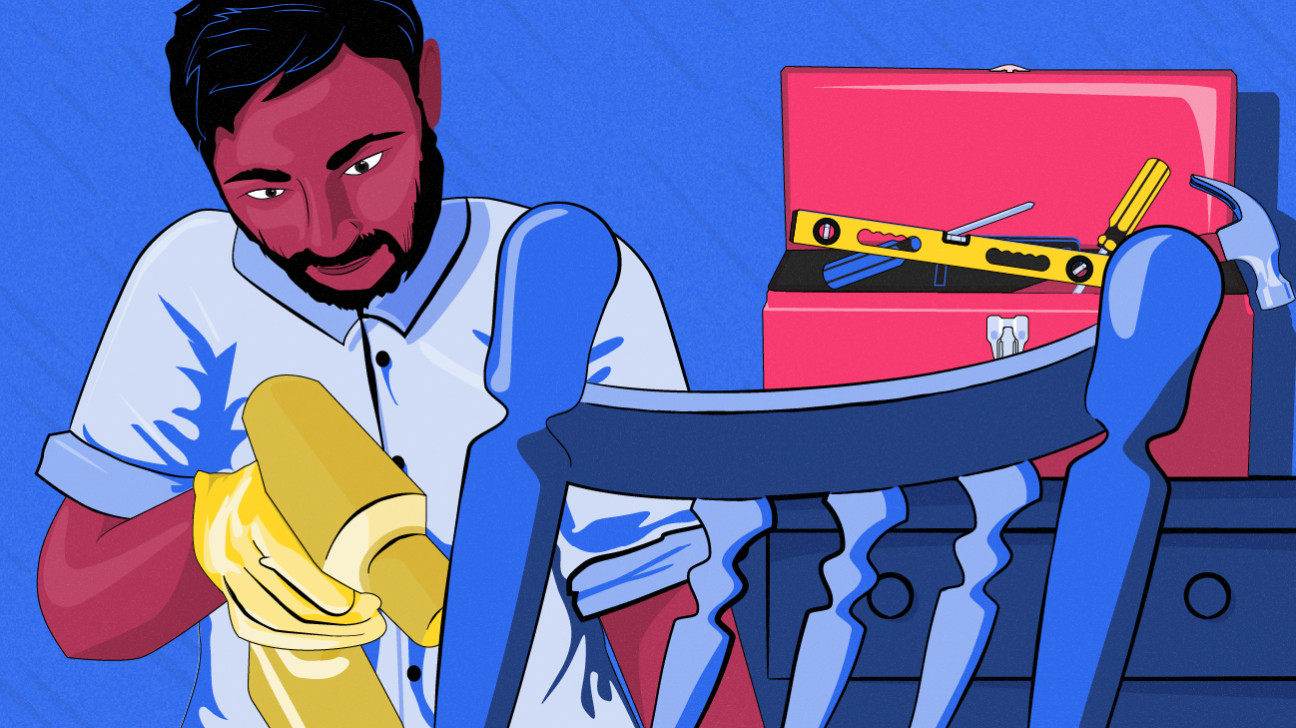
You don’t have to be a DIY pro to need a tool kit around. Maybe there was a time you wanted to create a gallery wall only to realize that you don’t own a hammer or even, oops, nails. If you’re not doing a project every single weekend, the idea of putting together a tool kit can feel unnecessary. But, having some tools handy will save time and stress when the occasion arises, and putting one together doesn’t have to be expensive or complicated.
The best part of a tool kit is that you don’t have to purchase a pre-packaged one (though you certainly can!) You can build one suited to your needs and skill level. Think about some things that are handy to have around the house, like a measuring tape, hammer, level and even wood glue. Here are some tips for getting started.
Where should I shop?
The good news is, you don’t have to collect all of your tool at once. Start a list on your phone of the tools you think you could use. Then look around for used items on you local Buy Nothing Group, Facebook Marketplace, Next-door, eBay, Etsy, Mercari and thrift stores. Your neighborhood garage sale is a great places to find low-cost and super helpful tools like hammers, screwdrivers, and wrenches. You’ll probably unearth all the screws and nails you need from a garage sale, too.
If that search fails or you don’t want to wait, your local hardware store can meet your tool kit needs. Make sure to ask an employee for some advice, like the best all-purpose screws and nails they have in stock to keep on-hand in your tool kit. But don’t over do it!
Where should I store my tools?
And you don’t need a traditional tool kit, either. Look around your house for something that can accommodate your collection.
“Expensive doesn’t always equate to quality,” writes co-founders Pamela Meluskey and Larisa Bright of home organization company Settled. Sometimes storing tools can be as simple as finding using a sturdy canvas tote bag that you already have around the house. “In terms of storage, canvas bags are a great storage solution for tools. They take up less space and you can fit them in nooks. Square or rectangle tool boxes are somewhat rigid and restrictive as to where they can fit so canvas bags can work better at times.”
Screwdriver set
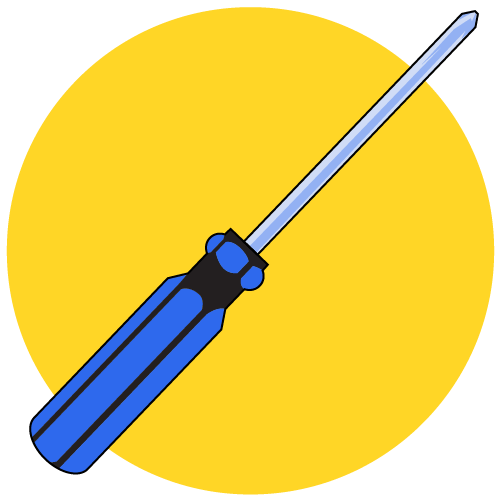
“Screwdrivers are absolutely essential for every home. They can be used to assemble, fasten and tighten a variety of items in the home including cabinet hardware, light switches and outlet covers, furniture or shelving, and more,” say Kevin Busch, VP of Operations for Mr. Handyman. “It’s best to get a set with a variety of screwdrivers so that you not only have both a Phillips head and flat head screwdriver, but also different lengths.”
While you’d probably have some luck searching for a second hand screwdriver set, there are affordable options on Amazon, too.
Power drill or electric screwdriver
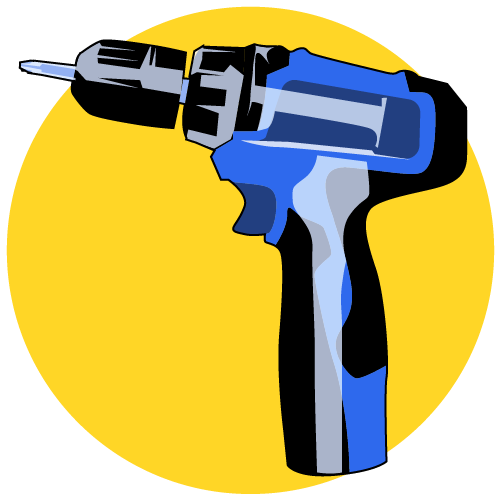
A power drill can seem intimidating, but it doesn’t have to be — and it’ll save you a lot of elbow grease and stress down the road. If you’re wondering if you need a screwdriver kit and a power drill, the answer is probably yes, according to Busch.
“The most convenient, easy-to-use tool out there is the power drill. While screwdrivers are important to have, manually putting together furniture or tightening multiple screws with a screwdriver will have your hand throbbing,” Bush says. “Also, it’s nearly impossible to hang a shelf with a manual screwdriver, so the power drill is a must-have. Most come with an assortment of drill bits to allow you to use to drive screws, but also to drill holes in a variety of sizes.”
If a drill is not in the budget, an electric screwdriver is an affordable alternative. It’s a bit less powerful that a drill but in many cases it can accomplish the same tasks.
Adjustable wrench
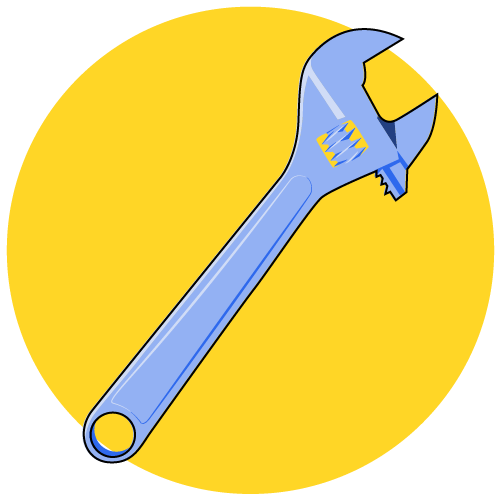
Another essential tool kit item is an adjustable wrench. Surprisingly, though, the item can save a ton of money.
“Adjustable wrenches are good for tightening nuts, bolts and plumbing fittings,” says Busch. “No need to call your landlord every time you encounter a leaky faucet.”
Hammer
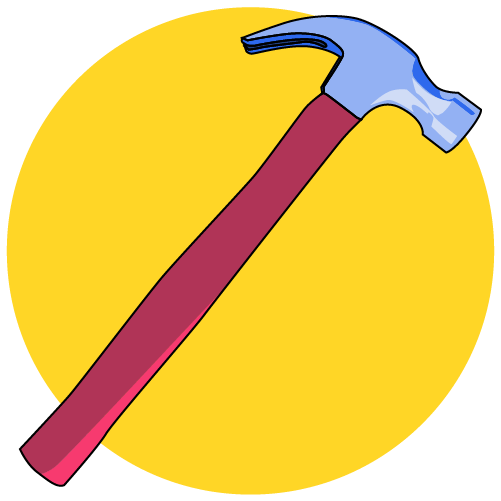
If you only get one item for your tool kit, a hammer might be a good option. Busch notes that this essential is best for hanging pictures and putting together ready-to-assemble furniture.
Multi-Tool
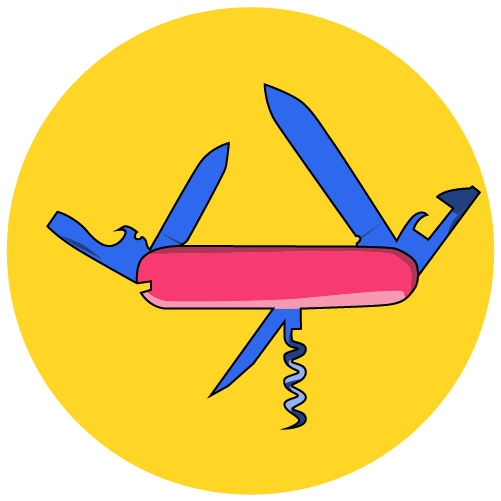
“Think Swiss Army Knife. As the name suggests, these tools serve multiple purposes. Your multi-tool likely comes equipped to serve as pliers, a utility knife, allen wrench, small scissors, mini screwdriver, corkscrew and more,” Busch says. “Multi-tools are great to have as you start your tool collection and begin to invest in the real deal version of each tool.”
Think of the multi-tool as a stepping stool to a full-size tool kit.
Measuring tape
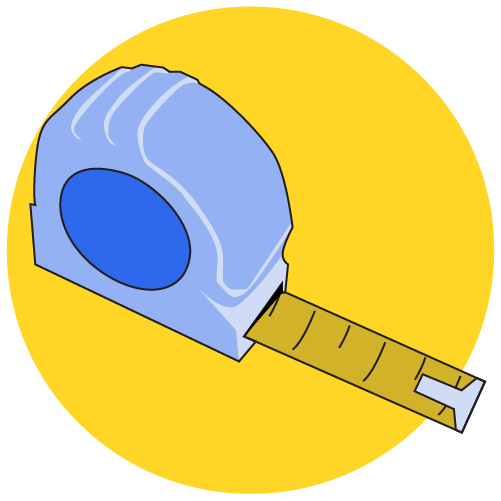
If you’ve ever attempted to eyeball the dimensions of a space and ended up with some very, very wrong figures and furniture that doesn’t fit in your home, then you already know you should own a tape measure.
Moving soon? It’s the perfect time to find a tape measure on your local Facebook Marketplace or elsewhere.
“Especially for new home or apartment dwellers who will need to furnish the space, it’s important to measure each room to ensure new furniture will fit,” Busch says. “Additionally, tape measures come in handy when hanging pictures, shelves and TVs.”
Level
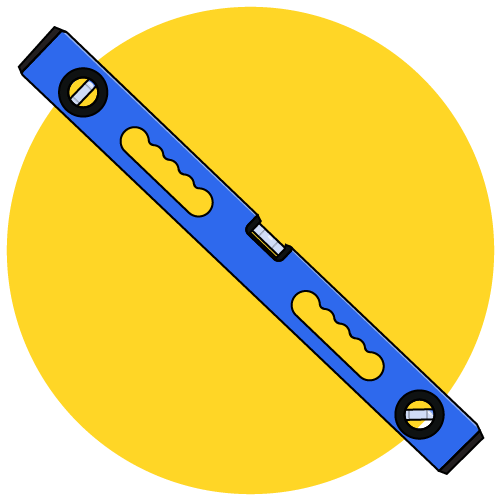
If you’re constantly asking someone if a picture looks level, well we have the solution for you. A level will is helpful for hanging art but especially shelving.
“There’s nothing worse than a tilted picture, mirror or shelf, so a level comes in handy to ensure you do the job right,” Busch says. “If you’re renting, it’s important to drill as few holes as possible. So a level ensures you do the job right the first time.”
Cutting tools
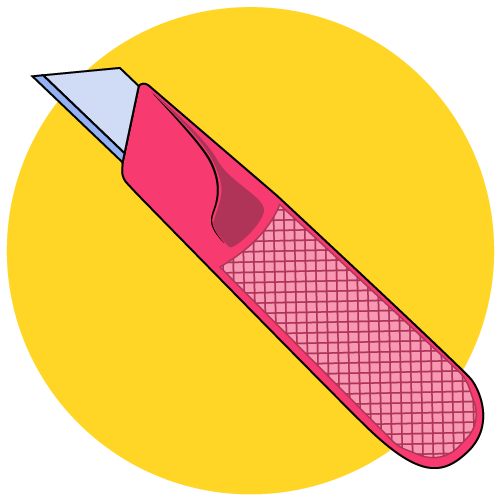
Pliers, scissors and a utility knife are all good considerations for your tool kit. Depending on your needs one may do but if you like to be prepared toss all three in there. Pliers are good for cutting and twisting wires, utility knives are great for opening cardboard boxes and breaking them down. Scissors can handle the low-lift cutting jobs.
Putty and a putty knife
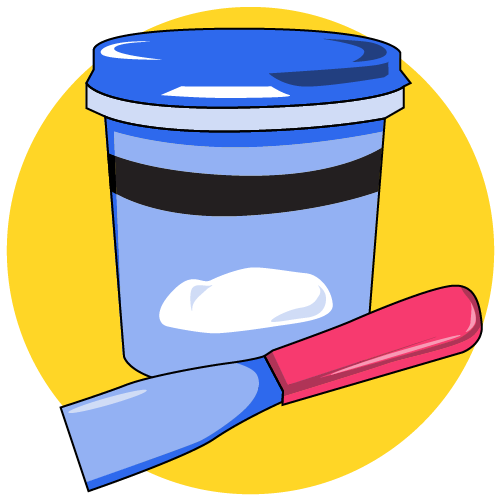
Okay, so say that you didn’t get the level and well, you have some holes in your wall that need to be repaired. A small can of spackle or putty and putty knife are great additions to your kit. If you’re moving out of an apartment, your landlord may ask you to repair any holes from artwork before you move.
Step stool
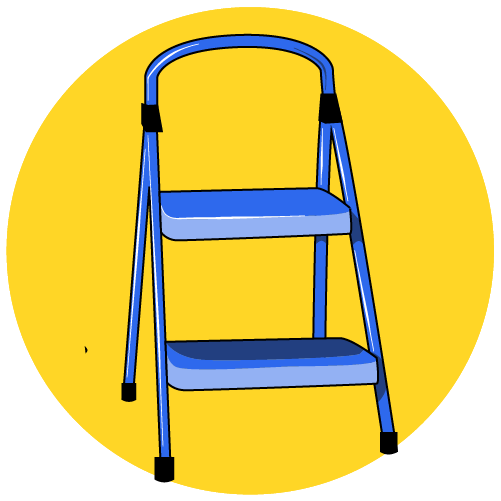
There’s nothing safe about balancing on various pieces of furniture to hang a photo or reach the top of the shelf or a curtain rod. A step-stool can be helpful for any number of projects, and there are many versions that fold up for easy storage. This one can hold up to 300 pounds.
“If you’re maximizing your closets and cabinets to save space, a lot of your everyday items are stored out of reach. A step stool is also helpful when hanging shelves, pictures and mirrors,” Busch says.
Work gloves and reusable rubber gloves
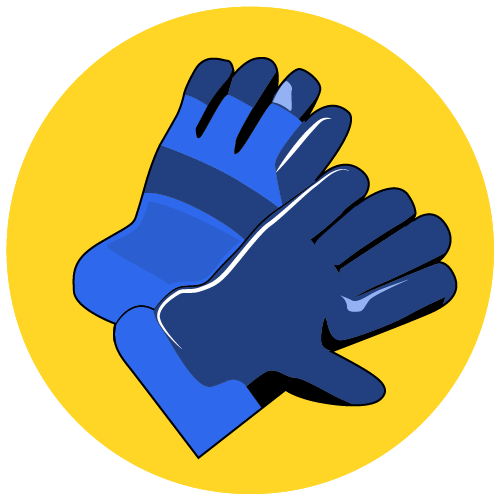
Add two pairs of gloves to your kit to account for different types of projects. First, a pair of sturdy work gloves, as Busch suggests.
“Whether it’s for gardening, working with something sharp, hot or otherwise dangerous, or harsh chemicals for cleaning, a good pair of work gloves are essential to protect yourself during projects,” Busch explains.
If you want something a little thinner for painting or cleaning, a pair of rubber gloves is a great option says Vera Peterson, President of Molly Maid.
“Protecting yourself from harsh chemicals that can dry out or injure your hands is important. Also, if you’re cleaning something especially dirty whether it be the toilet or a moldy surface, you will want to avoid getting contaminants on your hands as well,” Peterson says.
Scrub brush
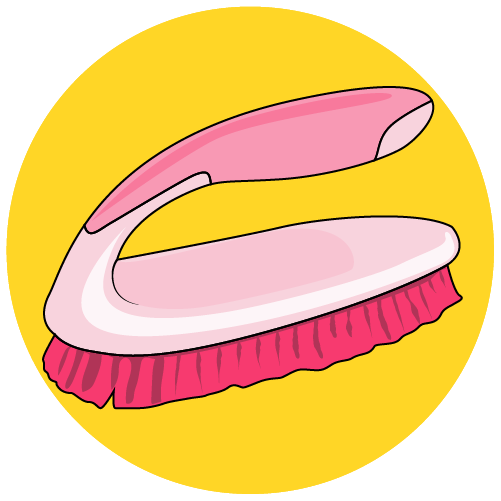
Sinks, floors, tubs. The list goes on and on. A small wood scrub brush, or brushes in a couple of different sizes are always helpful for routine cleaning tasks and after a project, too.
A scrub brush be helpful for a cleaning window screens, a task that doesn’t get tackled as often as it should but has great benefits, explains David Flax, VP of Operations for Window Genie.
“Having a soft-bristled dry brush to clean window screens is smart. Dirty screens will inhibit the breeze, obstruct your view, but most importantly, the leading cause of dirty windows this time of year is rain coming through a dirty screen onto the glass,” Flax explains.
“Screens are delicate, so it’s important to be careful when using a soft bristled brush to get off bigger debris like bugs, twigs and dirt before gently scrubbing with a soapy kitchen sponge. Then you just need to do a quick rinse with the hose and you’re done.”
Old toothbrush
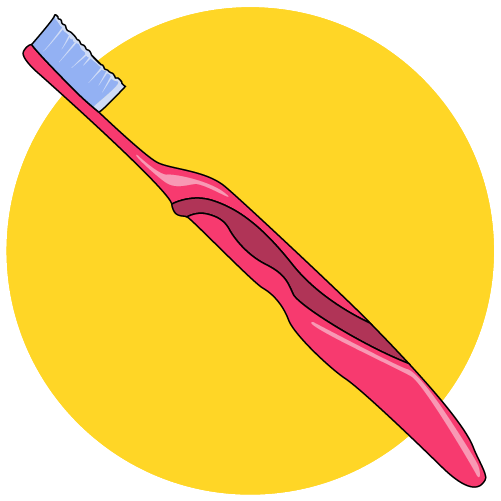
Yes, you read that right. Add an old toothbrush into your tool kit for cleaning purposes, says Peterson.
“Toothbrushes are great for hard to reach or smaller areas such as light fixtures, around your faucets, grout lines and more,” Peterson says.
Paint brush, paint and stain
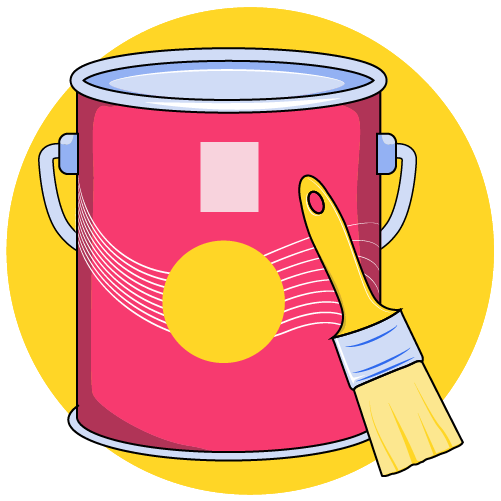
These are super handy for touch-ups around you space. If you have a wall that gets scuffed up easily, purchase a sample pot of paint in that color that you can stash with your other tools. Wood stain markers are also great for touching up wood furniture.
Glue and glue remover
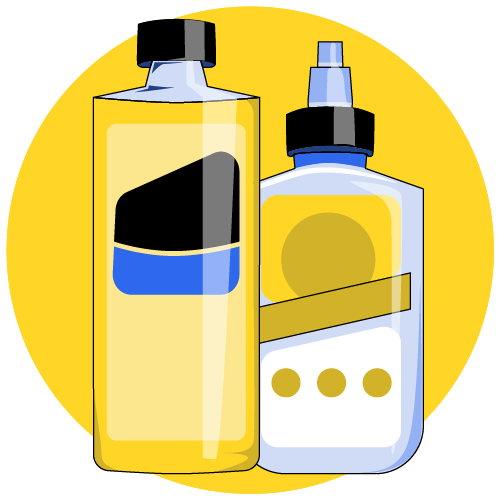
There are all kinds of glue options for a tool kit, from traditional white glue, wood glue, super glue, and even a glue gun and glue sticks. On the opposite end of the spectrum, a glue remover like Goo Gone can also be helpful.
A few rolls of tape
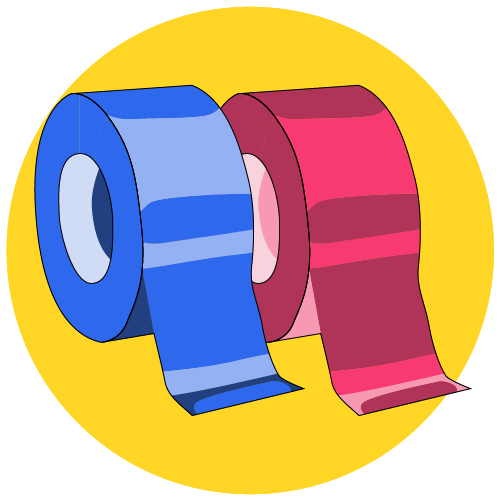
To round out your tool box, add a few different types of tape to the kit. Meluskey and Bright suggest painters tape and duct tape as two good options.
Having even just a few of these tools handy will probably make your life easier when it comes to household projects and repairs. So if you happen to see them in your local No-Buy group, it might be worth snagging them while you can.
Headlamp or flashlight
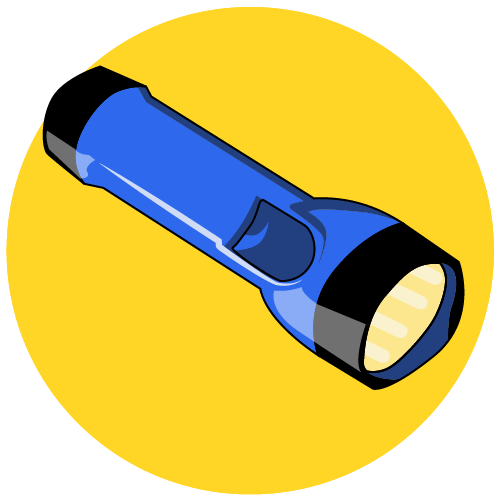
It may seem a bit extreme, but a headlamp can be handy if you’re trying to access a dark place, from a closet to the space under a sink. It’s keeps your hands free and makes tricky tasks easier. A flashlight is also a great piece to keep in your toolbox, so you know where to find it in case of an emergency. Don’t forget to stash some extra batteries in there, too.
tl;dr
You don’t need every tool we listed here. These are just some of the items we find most useful to have around. Either way, start with the essentials and expand your tool kit as you go. This way, you won’t end up with a bunch of useless items cluttering up your living space.


0 Commentaires